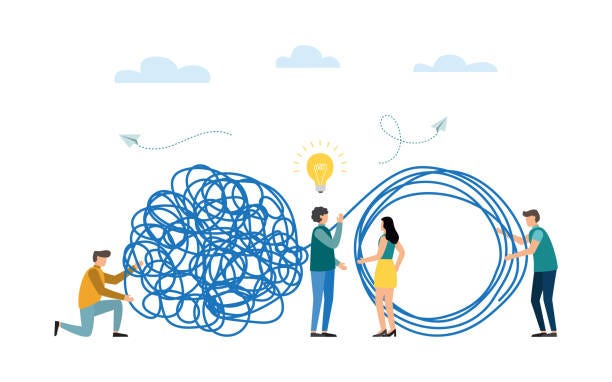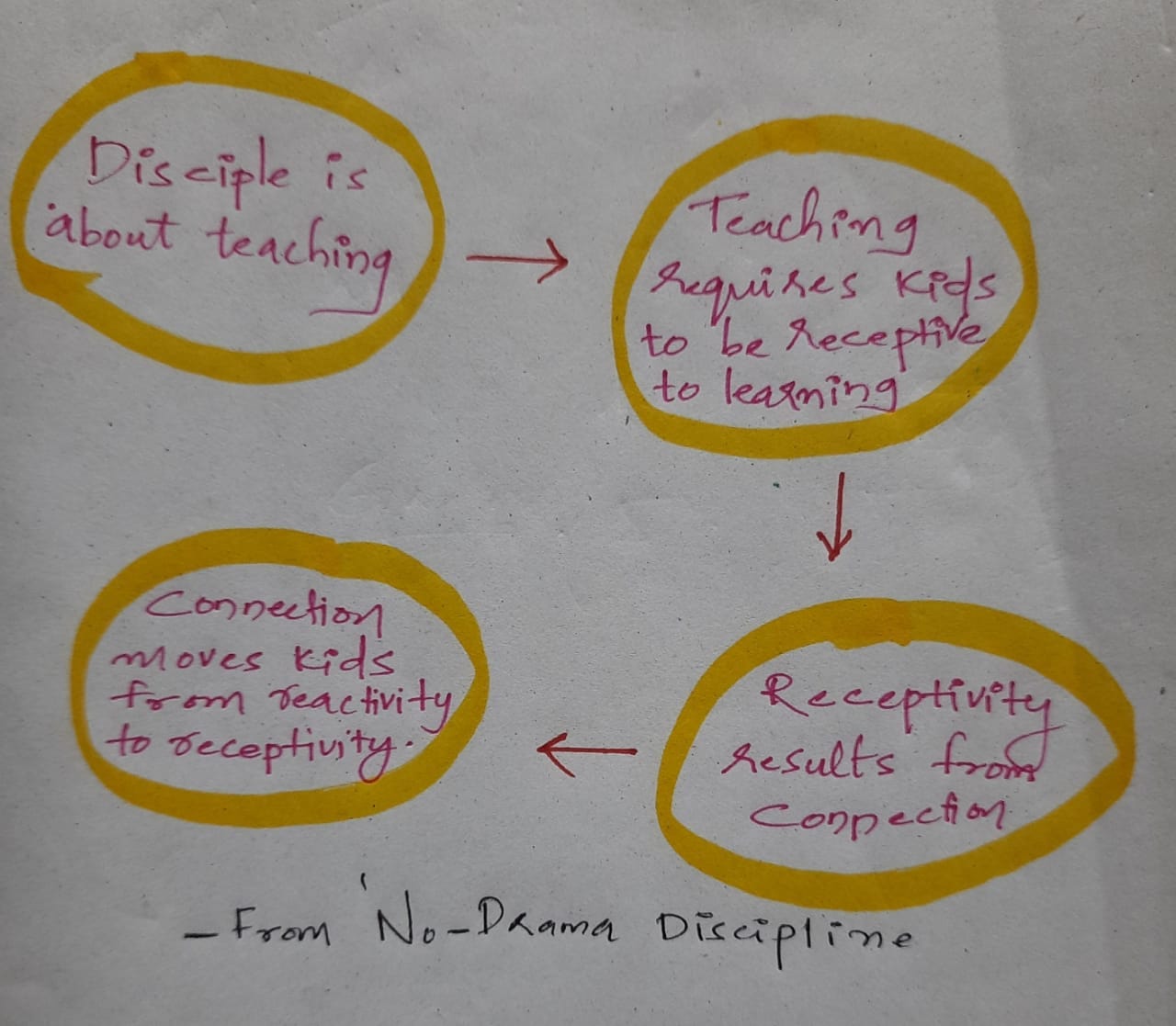The last article, Set limits without becoming the ‘NO’ Monster, might sound like a very utopian concept to implement if the child is not in the right frame of mind to receive the boundary lesson. So today, let’s deal with what if the child is in a reactive state, throwing tantrums at you, during a probable discipline opportunity.
The secret to tranquilise the brain that is taken up by big emotion is to form a connection with the child. DOES it sound like spoiling by atoning to all their whim? If your answer is yes, then allow me to lecture you a bit. (We all love to lecture, don’t we?)
What is Connection?
Connection is about being present for the child when he/she is emotionally suffering; being a source of light when they walk through a dark tunnel of overwhelming emotions. It is different from spoiling or helicopter parenting because Spoiling is not about giving a child too much emotional connection, attention, love, or physical affection while he/she is upset or making bad choices. In fact, we are giving them the message that we love them even when they are messed up.
Why connect before correct?
Moves the child from Reactivity to ReceptivityDeepens the relationship with your child -help us communicate how much we value the relationship
How to connect with the child during tantrums?
Physical Touch
Improving the receptivity in the child’s brain is the first step towards a rational conversation. To restore calmness, nothing works better than reassuring physical affection. A hug, holding hand, or even gliding your fingers through their hair can release the feel-good hormones(oxytocin and opioids) to calm their chaotic brain.
Connected Conversation
Everyone wishes to be understood. This is true not just in the case of adults, but kids as well. Active Listening is critical for understanding. When your child makes bad choices, be proactive and listen to your child’s verbal and non-verbal cues to understand their emotion and make conversation accordingly. Keys to a connected conversion are empathy, validating the child’s emotion, and your body language. Making connected conversation before you redirect to teaching boundaries not only gives you the immediate result of making their brain receptive but you also model for them that relationships thrive in an environment of respect, love, understanding, compromise, cooperation, and consideration.




